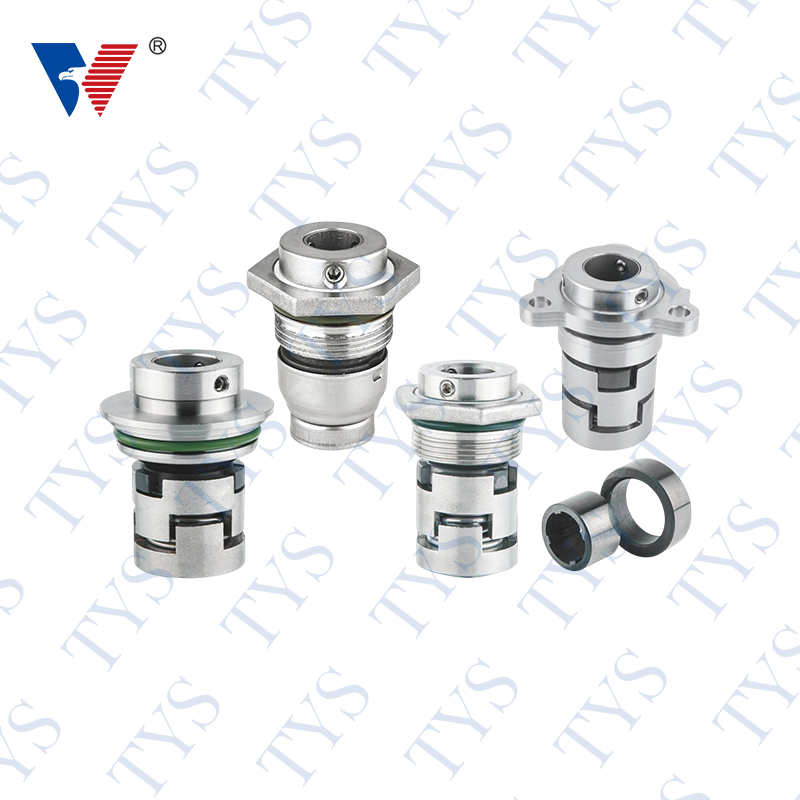Among the most common causes of pump downtime are mechanical seal failures
Author:admin Date:2023-02-01
What Is a Pump Mechanical Seal?
Among the most common causes of pump downtime are mechanical seal failures. A mechanical seal is a pair of optically flat faces that are connected to the drive shaft of a pump. A lubricant is applied to each face to keep them in contact and prevent wear. Mechanical seals also perform the duty of containing the pressure of the pumping process. This helps avoid waste of product, clean up, and downtime.
Mechanical seals are manufactured in a variety of materials. The rotating face is typically made of Carbon Graphite, while the stationary face is made of harder material such as Ceramic. Elastomeric materials are also used. Mechanical seals are available in single, double, or tandem configurations. Mechanical seals are usually assembled into a cartridge form. This eliminates installation problems.
The materials of construction for a mechanical seal can vary depending on the fluid. Many fluids have high viscosity at the seal chamber's operating temperature. Propanol and synthetic oils are two examples of common lubricants. In addition, a heating system is often required to maintain a viscosity that is suitable for the application.
The seal chamber is designed to provide a thin fluid film to lubricate the seal faces. This helps reduce wear and aids heat dissipation. A medium-pressure steam jacket is also used to cool the seal during operation. A dual-pressurized seal is usually used for high-pressure applications.
A mechanical seal is a useful albeit small piece of equipment that helps reduce leaks, prevent pump failure, and increase pump life. It is important to install and maintain the seal correctly to prevent failure and downtime. If you need to replace a seal, contact a local manufacturer rep. You can also use a field services technician. If you decide to purchase a seal, be sure to inspect it for defects and wash your hands before handling it.
A good way to test a seal is to observe the radial deflection of the shaft in a stationary housing. If the shaft deflects a small amount, it can damage the seal's components. If the deflection is excessive, wear will increase, and the seal will not last as long. If the deflection is greater than 0.002 inches, it may be time to replace the seal.
Similarly, a pump is susceptible to vibration, which can also reduce the life of the seal. If a pump is being used in a location with high piping loads, there is a chance that vibrations will cause the seal to fail prematurely. A vibration monitor can be used to detect vibrations that are not due to misalignment.
A seal's main purpose is to prevent leaks. However, a good seal will not be effective in stopping leaks if there is no lubrication. The lubrication for a seal must be compatible with oxygen service and must be able to withstand a high degree of temperature. This requires the use of a lubricant that is free of hydrocarbons.
.png)
TYS701-Rubber seal importer mechanical pump seals
.png)
TYS701-Rubber seal importer mechanical pump seals



 English
English 中文简体
中文简体








.png)







